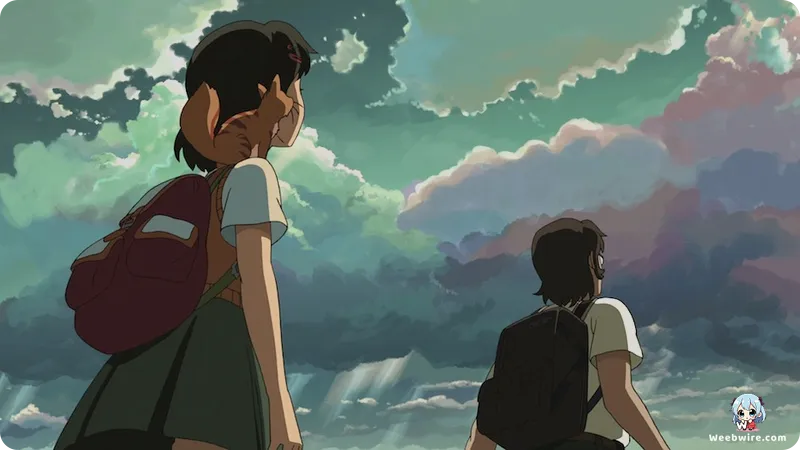Makoto Shinkai's Epic Departure: Unveiling the Ghibli-Esque World of 'Children who Chase Lost Voices'

"Children who Chase Lost Voices," known in Japan as "Hoshi wo Ou Kodomo," stands as a fascinating and bold departure in director Makoto Shinkai's acclaimed filmography. Released in 2011, this cinematic journey surprised audiences accustomed to the melancholic narratives of his later global successes like "Your Name." Instead, Shinkai plunged into an epic fantasy adventure, deliberately drawing parallels to the revered Studio Ghibli and Hayao Miyazaki's "Princess Mononoke" and "Laputa: Castle in the Sky." This stylistic pivot showcases Shinkai's profound versatility, embracing sprawling narratives, mythical creatures, and environmental themes beyond his signature intimate romances.
Exploring the Mythical World of Agartha
At the film's heart lies Agartha, a breathtakingly beautiful yet perilous mythical subterranean world. Shinkai masterfully reimagined this concept from ancient esoteric legends. His unparalleled attention to detail in background art creates a vivid realm where "lost voices" symbolize both the deceased and forgotten wisdom. Character designs, overseen by Takayo Nishimura, adopted a more traditional, 'classic anime' aesthetic, lending a distinct Ghibli-esque feel and enabling dynamic action for protagonists like Asuna Watase.

Themes of Loss and Acceptance
Beyond its visual grandeur, "Children who Chase Lost Voices" delves deeply into profound themes of loss, grief, and the acceptance of death. This is a recurring motif in Shinkai's work. Asuna's perilous quest into Agartha is propelled by her yearning to reunite with a lost loved one. Yet, the narrative subtly guides her toward embracing life's natural cycle, using the fantastical journey as a powerful metaphor for grieving.
The Epic Score by Tenmon
The film's unique atmosphere is further enhanced by Tenmon's distinct musical score. Breaking from his usual introspective melodies, Tenmon crafted a grander, more epic, and suspenseful soundtrack. It features sweeping orchestral arrangements and tribal drums, perfectly complementing Agartha's mystery. The main theme, "Hello Goodbye & Hello," sung by Anri Kumaki, beautifully encapsulates the film's bittersweet core.
While "Children who Chase Lost Voices" received mixed reception from Shinkai's established fanbase, it proved a pivotal point in his career. It demonstrated his willingness to experiment before his global breakthrough. As CoMix Wave Films' longest feature at the time (116 minutes), its meticulous production, intricate art, and fluid animation underscored the studio's growing capabilities, serving as a vital stepping stone. Ultimately, this film stands as a testament to Shinkai's artistic evolution, a hidden gem blending mythological wonder, emotional depth, and breathtaking visuals. It invites audiences to confront loss and find peace in a uniquely vibrant chapter of his renowned career.
Credits
Children who Chase Lost Voices
Author
Makoto Shinkai
Cover Art
Takayo Nishimura
Studio
CoMix Wave Films
Publisher
CoMix Wave Films
Producers





